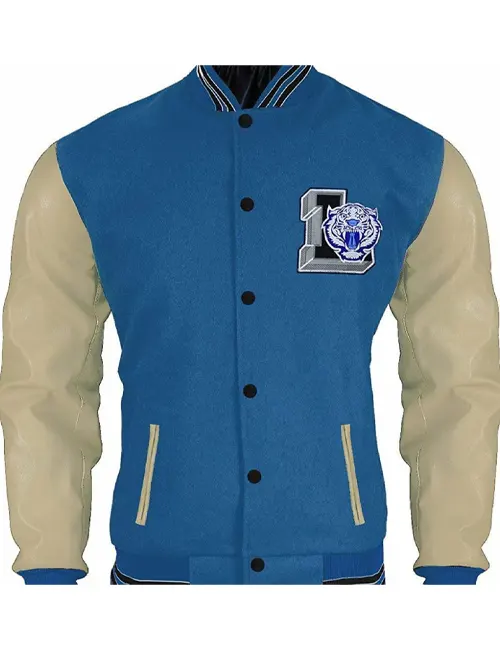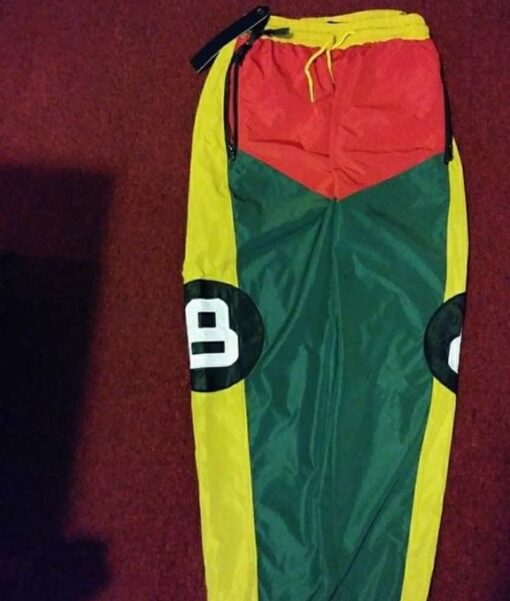Home » Shop » Leather Jackets For Men » 1950s Motorcycle Black Leather Jacket

Usher The Roots Picnic 2023 Leather Jacket
$328.00 Original price was: $328.00.$139.00Current price is: $139.00.

Perfecto Leather Jacket
$259.00 Original price was: $259.00.$159.00Current price is: $159.00.
1950s Motorcycle Black Leather Jacket
$199.00 Original price was: $199.00.$159.00Current price is: $159.00.
SKU:
N/A
Category: Leather Jackets For Men
Description
Specifications:
- Material: Real Leather
- Inner: Viscose Lining
- Pockets: Three Outside, Two Inner
- Sleeves: Full Length
- Collar: Lapel Collar
- Cuffs: Zipper Cuffs
- Closure: YKK Zipper
- Color: Black
Additional information
| Size |
S ,M ,L ,XL ,2XL ,3XL ,4XL ,Custom |
|---|
Reviews (0)
Be the first to review “1950s Motorcycle Black Leather Jacket” Cancel reply
Popular products
-36%


Select options
This product has multiple variants. The options may be chosen on the product page
12 Gauge Men’s Leather Vest for Motorcycle Riders
Rated 0 out of 5
-29%


Select options
This product has multiple variants. The options may be chosen on the product page
13 Reasons Why Justin Foley (brandon Flynn) Jacket- Dylan Minnette
Rated 5.00 out of 5
(6)
-20%


Select options
This product has multiple variants. The options may be chosen on the product page
1950s Motorcycle Black Leather Jacket
Rated 0 out of 5
-35%


Select options
This product has multiple variants. The options may be chosen on the product page
1965 Minnesota Twins Varsity Blue Wool Jacket
Rated 5.00 out of 5
(3)
-44%


Select options
This product has multiple variants. The options may be chosen on the product page
1990 Stussy International Tribe Wool & Leather Red Vintage Varsity Jacket
Rated 0 out of 5
-52%


Select options
This product has multiple variants. The options may be chosen on the product page
8 Ball 90s Black Vintage Bomber Jacket
Rated 4.67 out of 5
(3)
-53%


Select options
This product has multiple variants. The options may be chosen on the product page
8 Ball 90s Style White Bomber Jacket
Rated 4.33 out of 5
(3)
-42%


Select options
This product has multiple variants. The options may be chosen on the product page
8 Ball Bubble Parachute Jacket
Rated 4.33 out of 5
(3)
-26%


Select options
This product has multiple variants. The options may be chosen on the product page
8 Ball Logo Fur Hooded Parka Leather Jacket
Rated 4.33 out of 5
(3)
-37%


Select options
This product has multiple variants. The options may be chosen on the product page
8 Ball Logo Printed Red Fur Jacket
Rated 5.00 out of 5
(3)
-42%


Select options
This product has multiple variants. The options may be chosen on the product page
8 Ball Logo Red Black and White Bomber Jacket
Rated 4.33 out of 5
(3)
-57%

Select options
This product has multiple variants. The options may be chosen on the product page
8 Ball Multicolor Track Satin Pants
Rated 4.33 out of 5
(3)








Reviews
There are no reviews yet.